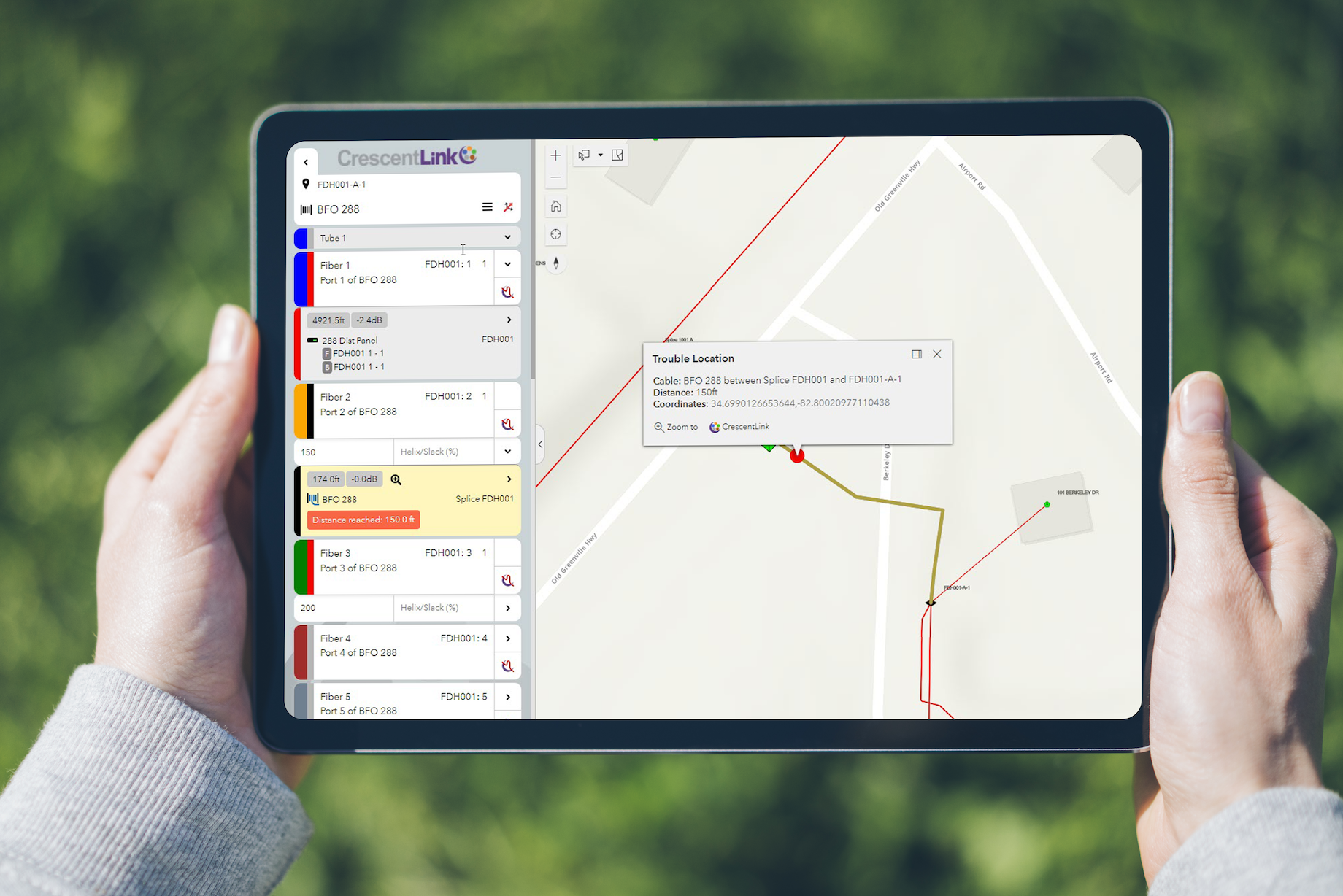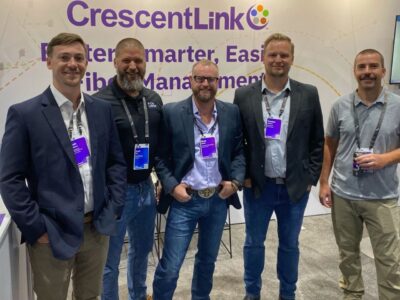In the rapidly evolving world of broadband and fiber networks, legacy integration remains a significant hurdle. As technology advances, many providers find themselves grappling with outdated systems that hinder efficient network updates and maintenance. The challenge is clear: how can organizations transition from legacy systems to modern, unified solutions without disrupting operations?

Legacy integration is not just a technical challenge; it’s a strategic imperative. Outdated systems often lack the interoperability needed to communicate with modern tools, leading to inefficiencies and increased operational costs. This disconnect can slow down digital transformation efforts and impact overall network performance.
The Interoperability Imperative
Interoperability is the cornerstone of successful legacy integration. Without it, organizations face a fragmented IT landscape where systems operate in silos, unable to share data or insights. This lack of communication can lead to maintenance issues, as teams struggle to access the information needed for timely updates and repairs.
Broadband providers must prioritize solutions that offer flexible integration capabilities. By choosing platforms that can bridge the gap between old and new systems, organizations can ensure a smoother transition and reduce the risk of operational disruptions. This approach helps maintain service quality and supports ongoing network evolution.
One approach to achieving interoperability is through the use of middleware solutions that facilitate communication between disparate systems. Middleware acts as a translator, enabling legacy systems to interface with modern applications and databases. This allows for the seamless exchange of data and ensures that all parts of the network are working in harmony.
Unified Systems for Seamless Upgrades
The path to digital transformation is paved with unified systems. By consolidating disparate technologies into a single, cohesive platform, providers can streamline operations and improve efficiency. This approach not only simplifies network management but also enhances the ability to respond to market changes and customer demands.
A unified system offers comprehensive asset management, allowing providers to track and manage network components from a central location. This visibility is crucial for proactive maintenance and efficient resource allocation. By implementing a unified system, providers can reduce maintenance costs and improve service delivery times.

Embracing Digital Transformation
Digital transformation is not a one-time event but an ongoing journey. As technology continues to evolve, broadband providers must remain agile and adaptable. Embracing digital transformation requires a strategic focus on legacy integration, ensuring that outdated systems do not become a bottleneck to progress.
The benefits of digital transformation are clear: improved operational efficiency, enhanced customer experiences, and the ability to innovate at scale. However, achieving these outcomes requires a commitment to overcoming legacy challenges and investing in solutions that support flexible integration.
One of the key benefits of digital transformation is the ability to leverage data analytics for better decision-making. By integrating legacy systems with modern analytics tools, providers can gain valuable insights into network performance and customer behavior. This data-driven approach enables providers to make informed decisions and optimize their operations for maximum efficiency.
A Future-Ready Network
Legacy integration is a critical component of successful network management. By prioritizing interoperability, embracing unified systems, and committing to digital transformation, broadband providers can overcome the challenges of outdated systems and position themselves for future success.
As the industry continues to evolve, the ability to adapt and innovate will be key to maintaining a competitive edge. With the right strategies and solutions in place, providers can ensure that their networks are not only resilient but also ready to meet the demands of tomorrow.




